Pungsuwon Catholic Church (횡성 풍수원천주교회(풍수원성당))
15.5Km 2020-03-17
30, Gyeonggang-ro yuhyeon 1-gil, Seowon-myeon, Hoengseong-gun, Gangwon-do
+82-33-342-0035
Pungsuwon was the first catholic village in which over 40 faithful from Yongin (Gyeonggi-do), led by Sin Tae-bo (or St. Peter), settled to escape the wrath of Sinyubakhae (religious persecution of Catholics) of 1801. Over a period of 80 years, the settlers had led their religious lives without a priest until Father Le Merre (a French priest) came to the village in 1888. Succeeding Le Merre in 1896, Father Jeong Gyu-ha (or Augustino), along with Chinese engineers, began to build Pungsuwon Cathedral.
Completed in 1907 by the faithful, the cathedral still remains a beautiful building even after 110 years; it is a popular spot for visitors, having frequently appeared in Korean dramas and films such as “Love Letter (1995 MBC miniseries).” It is the first cathedral built by a Korean priest as well as in Gangwon-do; it is the fourth cathedral built in Korea. Pungsuwon Cathedral was designated as Gangwon-do Local Cultural Property No.69 in 1982.
Yangpyeong Kudun Closed Station (양평 구 구둔역)
15.5Km 2025-02-02
1336-2 Ilsin-ri, Jipyeong-myeon, Yangpyeong-gun, Gyeonggi-do
This is a simple station that closed in 2012, and the waiting room, the station office, the railroad that stretched out toward one point, and the vehicles that stopped there remain intact. Just standing in front of the door where the name of the history is visible or under the trees that are much taller than the history creates an emotional scene. It is decorated as a cultural space in every corner, so you can look around in detail or just enjoy a walk along the railroad tracks. The Garden of Confession, the ground-breaking floor painting, and the train not running are photo points.
Pungsuwon Museum (풍수원유물전시관)
15.6Km 2023-07-25
50 , Gyeonggang-ro yuhyeon 1-gil, Hoengseong-gun, Gangwon-do
The Catholic Church in Pungsuwon was built mainly by believers who migrated to escape Catholic persecution. Pungsuwon Catholic Church is the 4th Catholic Church built in Korea, and the first Catholic Church built by a Korean priest. The Pungsuwon parish had jurisdiction over 29 public offices in 12 cities and counties, including Chuncheon, Wonju, Hwacheon, Yanggu, Hongcheon, Hoengseong, Pyeongchang, and Yangpyeong. Located in Yuhyeon-ri, Seowon-myeon, Hoengseong-gun, Pungsuwon Catholic Church was designated as a tangible cultural property of Gangwon-do in 1982. The Pungsuwon Museum is located behind the Pungsuwon Catholic Church and is a relics exhibition hall consisting of 3 exhibition facilities on the 2nd floor. During the persecution of the Catholic Church, over 1,000 objects used by priests to celebrate mass and 1,000 relics that give a glimpse into the lives of the ancestors in the past are exhibited.
Seomgang River (Seomgang Resort) (섬강(섬강유원지))
15.7Km 2021-01-28
Munye-ro, Hoengseong-gun, Gangwon-do
+82-33-340-2840
Seomgang River crisscrosses the heart of Hoengseong County, flowing on towards Wonju before eventually joining the Namhangang River. The banks of this river are home to a variety of wild flowers, including bright pink royal azaleas that bloom every spring. Gigantic rocks and pine tree forests on each side complete the view. High on the bluff rests Unamjeong Pavilion, overlooking the river and the unfolding vista. Hoengseong's downtown area starts right after crossing Seomgang River on Heongseonggyo Bridge. Nearby attractions like Hoengseong Sports Complex and local resturants specializing in fish stew also attract more tourists to come after sightseeing.
Hoengseong Hanugukbap (횡성한우국밥)
16.5Km 2024-02-19
46 Munhwacheyuk-ro, Hoengseong-eup, Hoengseong-gun, Gangwon-do
Hoengseong Hanugukbap is a Korean restaurant that specializes in dishes made with local Hoengseong hanu (Korean beef). The restaurant's signature offering, hanu gukbap (Korean beef and rice soup), is exclusively prepared using Hoengseong hanu, which is renowned for its tender and chewy textures as well as its rich, flavorful juices. The broth, simmered for a long time in a gamasot (cast-iron pot), carries a deep and rich flavor. It's a popular dining spot among both locals and tourists alike.
Chiaksan Guryong Auto Campground (치악산 구룡자동차야영장)
17.2Km 2024-02-16
14 Guryongmaeul-gil, Socho-myeon, Wonju-si, Gangwon-do
Located within Chiaksan Mountain in Wonju, Chiaksan Guryong Auto Campground features sites for both auto camping and caravan camping, as well as a collection of small huts for accommodation. In the summer, the nearby valley is open to visitors, providing an opportunity to enjoy swimming in its natural waters. During the fall, the campground offers the experience of camping against the backdrop of Chiaksan Mountain adorned in vibrant autumn colors.
Hoengseong Hanu Festival (횡성한우축제)
17.2Km 2024-09-26
Bukcheon-ri, Hoengseong-eup, Hoengseong-gun, Gangwon-do
+82-33-808-8006
Hoengseong Hanu Festival is the biggest hanu (Korean cattle) festival in Korea. Visitors can buy hanu and local agricultural products at a discounted price. Other programs include performances and more.
Yeoju Spa (여주온천)
17.4Km 2025-06-25
864 Gangmun-ro, Gangcheon-myeon, Yeoju-si, Gyeonggi-do
At Yeoju Spa, the hot spring water emerges from 800 meters below the bedrock, rich in various minerals beneficial for neuralgia, arthritis, and skincare. The water, also drinkable, aids in alleviating digestive issues. The open-air bath's floor is lined with natural jade, offering a pressure point massage for bare feet. Visitors can simultaneously indulge in a forest bath and a hot spring bath, enjoying a holistic wellness experience.
Guryongsa Temple (구룡사)
17.5Km 2022-12-21
500, Guryongsa-ro, Wonju-si, Gangwon-do
+82-33-732-4800
Guryongsa Temple is located 6 kilometers from Birobong Peak on Chiaksan Mountain, in the direction of Hakkok-ri. It was believed that Monk Uisang (625-702) of the Silla Kingdom (57 BC - AD 935) built and named the temple Guryongsa in 668 during the reign of King Munmu. However, it is now known that the temple was built after King Sukjong, the 19th King of the Joseon dynasty (1392-1910), who reigned from 1674 to 1720, because of the architectural style of Daeungjeon Hall. There is a legend that the Guryongsa Temple site was originally a lake where nine dragons lived. The name Guryong comes from the story that the lake was filled up to build the temple on it. There are many buildings such as Daeungjeon Hall, Bogwangnu Pavilion, Samseonggak Pavilion, Simgeomdang Hall and Seolseondang Hall. Daeungjeon Hall has maintained its original shape though it was repaired many times.
Yeoju Godalsa Temple Site (여주 고달사지)
17.6Km 2024-08-22
Sanggyo-ri, Bungnae-myeon, Yeoju-si, Gyeonggi-do
Godalsa Temple Site, at the foot of Hyemoksan Mountain, shows the remnants of a temple that was built in AD 764. The temple rose to prominence in the Goryeo period, but was destroyed at some point, although the timing and reason is unknown. While the temple grounds are no longer at their peak of glory, they do still hold a national treasure, four treasures, and one tangible cultural heritage, making it an important site.
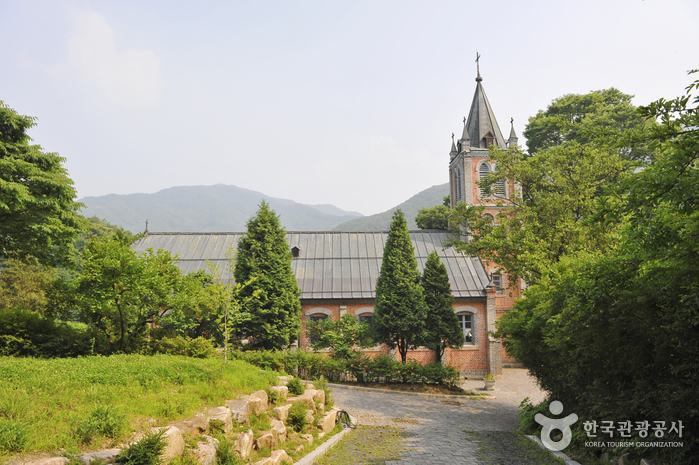

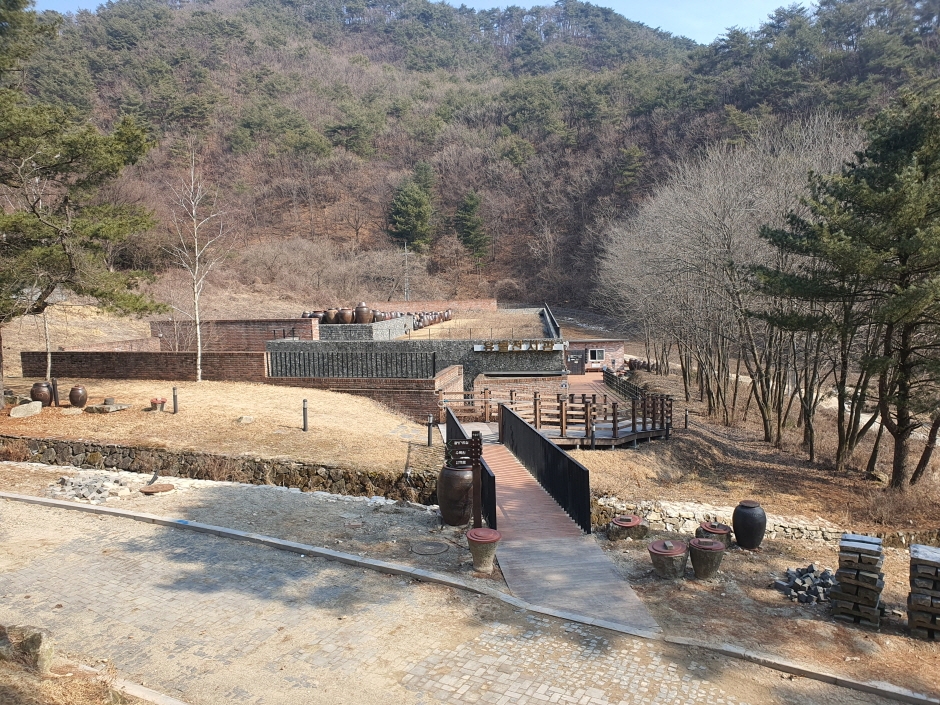
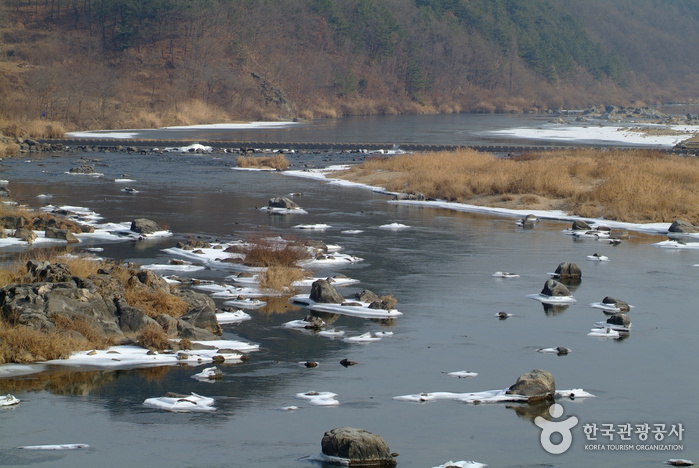
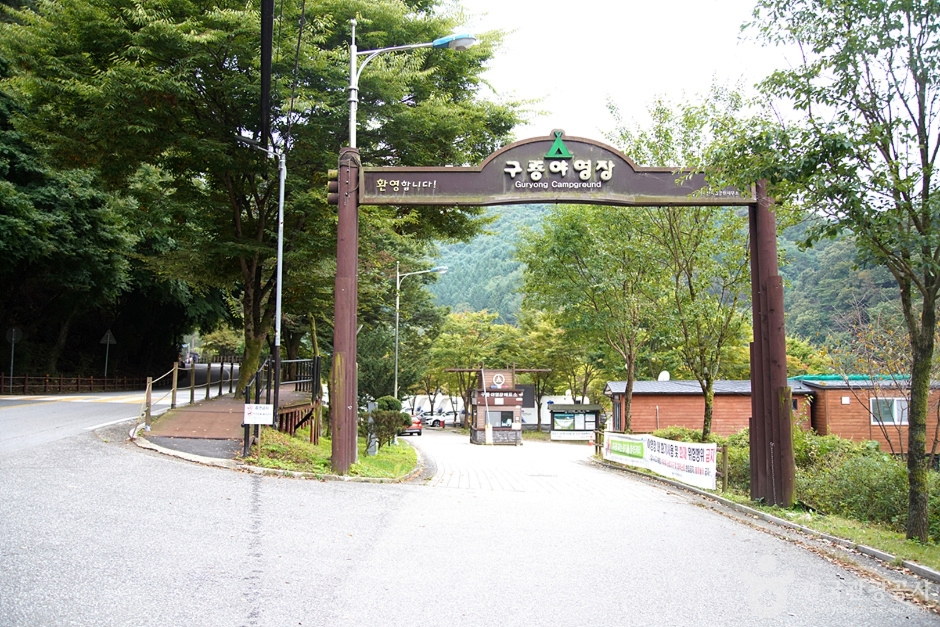
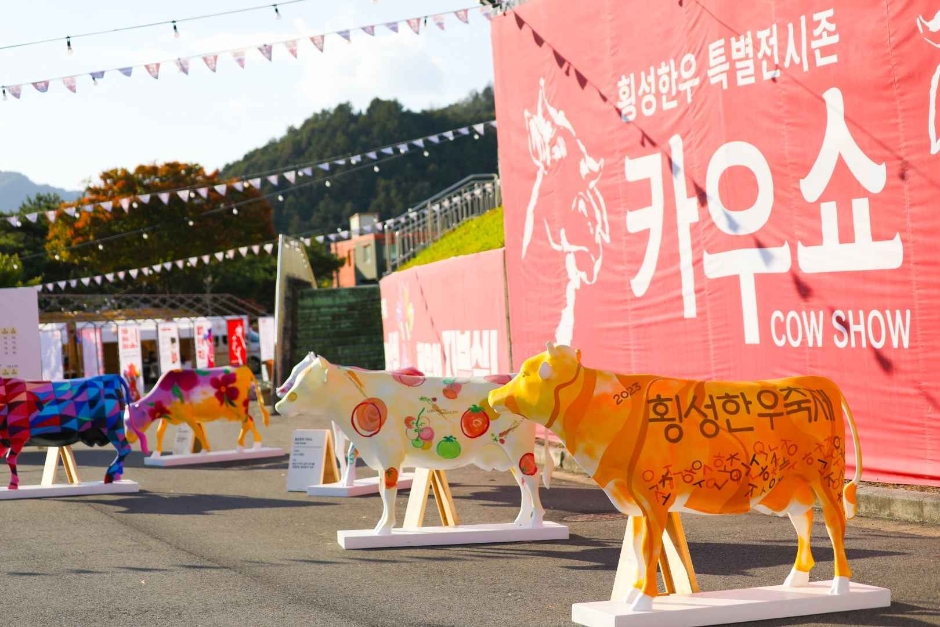
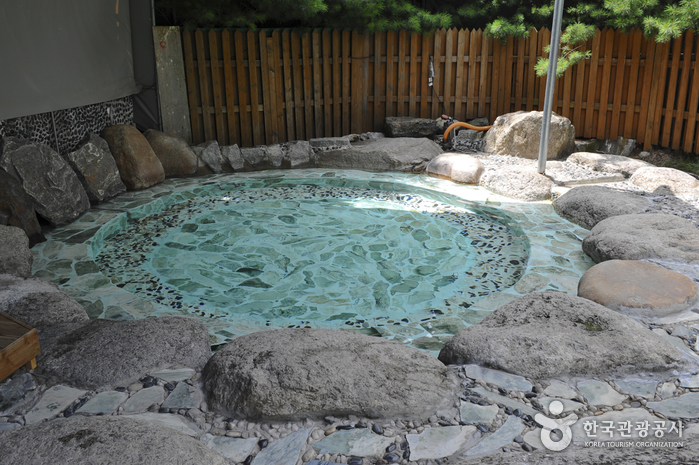
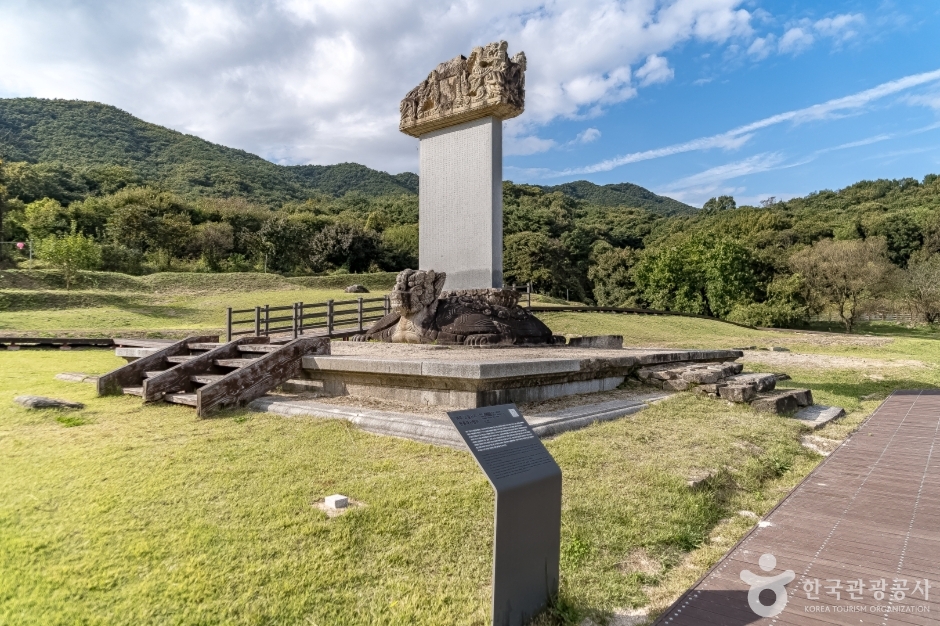
 English
English
 한국어
한국어 日本語
日本語 中文(简体)
中文(简体) Deutsch
Deutsch Français
Français Español
Español Русский
Русский